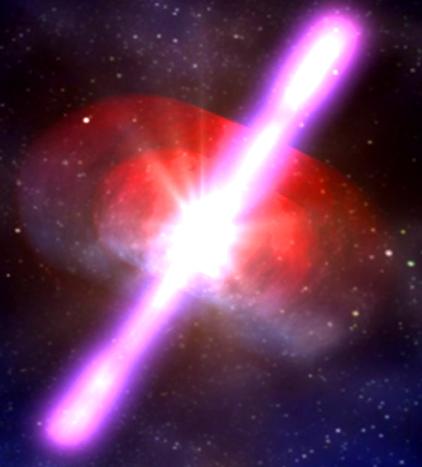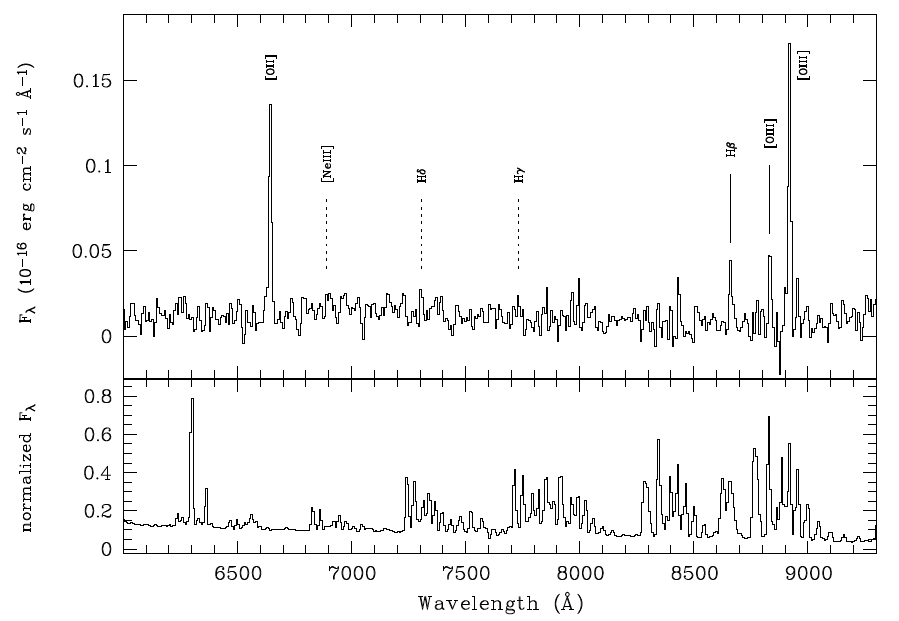
Arne Rau
Postdoctoral Researcher in Astrophysics at MPE Garching

Links
Gamma-Ray Bursts:
| Introduction: Gamma-ray bursts (GRBs) are short (a few milliseconds to several minutes), very intense flashes of gamma-rays associated with stellar scale events at cosmological distances. Based on their prompt emission properties, GRBs are divided in long/soft and short/hard bursts. The majority of the former events is associated with the deaths of especially massive stars (Figure right). The origin of the short/hard events is still not completely settled, but general arguments tend to the coalescence of binary compact objects. In addition to the prompt gamma-ray emission, GRBs exhibit slowly fading X-ray, optical and radio afterglows. These originate when the ultra-relativistic ejecta plow through the interstellar medium surrounding the progenitor. |  |
 |
INTEGRAL SPI/ACS: The anti-coincidence system of SPI onboard INTEGRAL (Figure left) consists of 91 Bismuth Germanate and provides a quasi-omnidirectional field of view with a 0.3 square meter effective area between ~80 keV and ~10 MeV. Since December 2002, SPI-ACS has been an important member of the 3rd Interplanetary Network of Gamma-ray burst detectors, which provides burst localizations using the triangulation method. The First INTEGRAL SPI/ACS GRB catalog contains a total of 374 GRB candidates detected from Oct. 2002 to Jan. 2005 (AR et al., 2005, A&A, 438, 1175). A regularly updated SPI/ACS trigger list can be found here. |
| X-ray Flashes and Host Galaxies: Before the launch of the Swift satellite, accurate GRB localizations were sparse. In 2003, I followed up on a HETE-2 detected event, called GRB030528, with near-IR photometry and optical spectroscopy (AR et al., 2004, A&A, 427, 815). The afterglow was seen in the K-band and a detailed study of the underlying host revealed a distance of z=0.782 (Figure right, AR et al., 2005, A&A, 444, 425). GRB030528 was originally classified as a so-called X-ray Flash (XRF) based on its soft observed prompt emission spectrum. The knowledge of the distance allowed to demonstrate that an observer frame classification can be missleading, due to the redshift effect. Indeed, the rest frame spectral properties of GRB030528 were very similar to the ones of the poster-child GRB030329. |  |